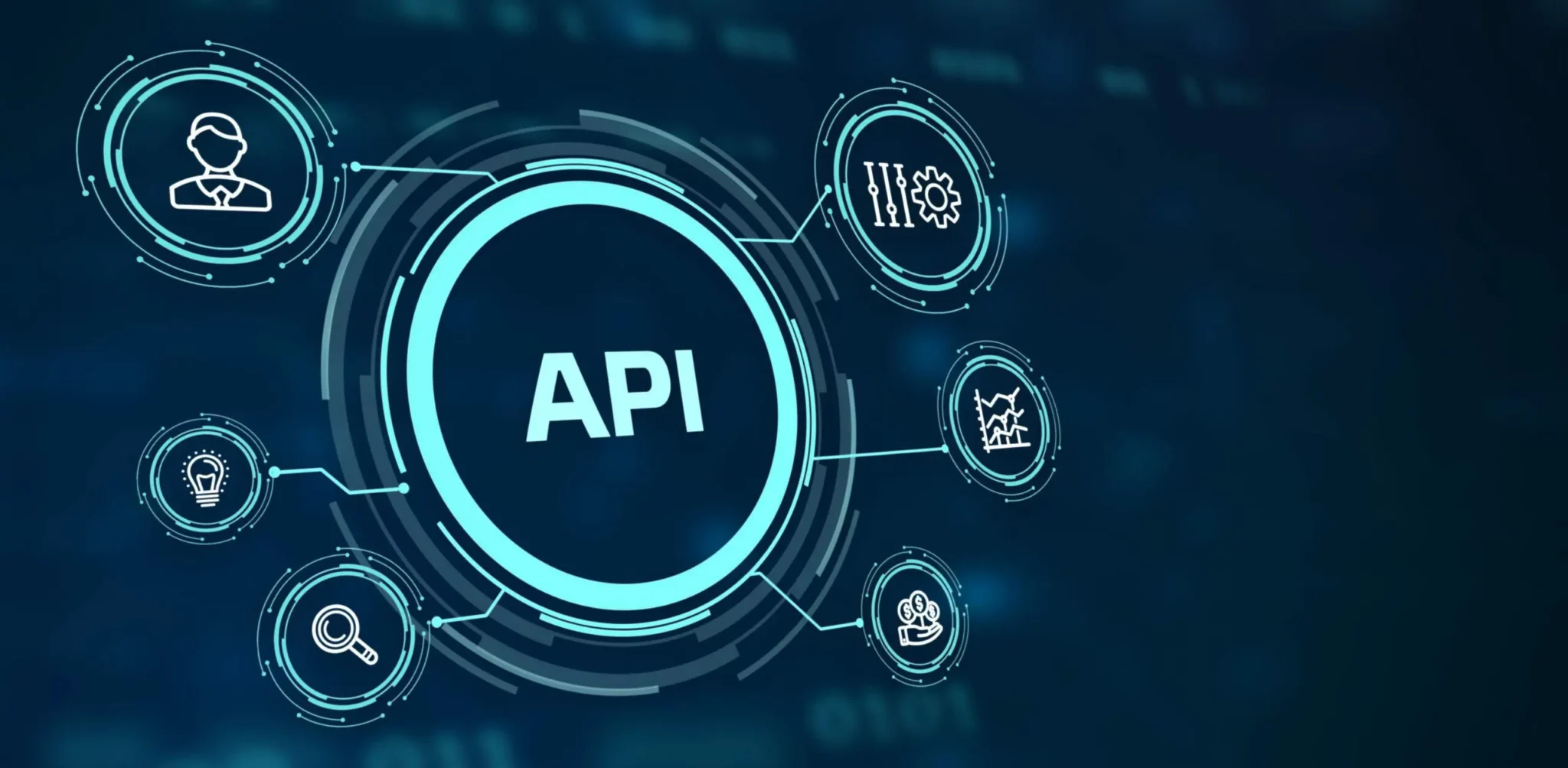
API Testing Scenarios
API Testing: Addressing Latency and Security Challenges
API testing is a crucial component of modern software development, ensuring that APIs function correctly, efficiently, and securely. Proper API testing ensures that:
- Functionality: APIs perform their intended operations correctly.
- Performance: APIs respond within acceptable timeframes, ensuring a smooth user experience.
- Security: APIs are safeguarded against vulnerabilities and unauthorized access.
- Reliability: APIs handle different types of requests and edge cases gracefully.
A Challenging Testing Scenario
Consider a scenario where an e-commerce application relies on a set of APIs. These APIs handle various functionalities, such as user authentication, product catalog management, and order processing. Two critical aspects that require thorough testing are latency and security.
The Challenge
The challenge involves an API endpoint that processes user orders. This endpoint must perform the following tasks:
- Validate user authentication tokens.
- Retrieve product details and availability from a database.
- Calculate shipping costs based on the user’s location.
- Process the payment securely.
- Confirm the order and update the inventory.
Given the complexity of these operations, two primary concerns arise:
- Latency: The endpoint must respond quickly to avoid a poor user experience. However, the involvement of multiple systems (authentication server, database, payment gateway) can introduce significant delays.
- Security: The endpoint handles sensitive data, including user authentication tokens and payment information. Ensuring data security during transmission and processing is paramount.
Addressing Latency and Security Challenges
To tackle these challenges, a comprehensive testing strategy is necessary. This involves both automated testing tools and best practices.
Latency Testing
To address latency issues, the following steps were implemented:
- Load Testing: Tools like Apache JMeter and k6 were used to simulate a high number of concurrent users placing orders. This helped identify bottlenecks and measure the API’s performance under stress.
- Performance Profiling: Profiling tools were utilized to analyze the performance of the API. These tools highlighted slow database queries and inefficient code paths.
- Caching: To reduce latency, frequently accessed data (e.g., product details) was cached using Redis. This minimized the number of database calls and sped up response times.
- Asynchronous Processing: Long-running operations, like payment processing, were offloaded to background tasks using built-in support for asynchronous programming and background services.
Security Testing
To ensure the security of the API, the following measures were taken:
- Token Validation: Authentication tokens were validated using JWT (JSON Web Tokens) with strict expiration policies. A robust library facilitated token handling.
- Data Encryption: Sensitive data, such as payment information, was encrypted using TLS (Transport Layer Security) during transmission. Additionally, data-at-rest encryption was implemented for storing sensitive information in the database.
- Security Scanning: Automated security scanning tools, such as OWASP ZAP and Snyk, were used to identify vulnerabilities like SQL injection, cross-site scripting (XSS), and insecure dependencies.
- Penetration Testing: Manual penetration testing was conducted to simulate real-world attack scenarios. This included testing for vulnerabilities like authentication bypass, data leakage, and insecure API endpoints.
Results and Conclusion
By implementing these strategies, the API’s performance and security were significantly improved:
- Latency: The average response time for the order processing endpoint was reduced by 50%, ensuring a smooth and responsive user experience even under high load conditions.
- Security: No critical vulnerabilities were found during security scans and penetration tests, demonstrating a robust security posture.
In conclusion, API testing is essential for building reliable, performant, and secure applications. By addressing latency and security challenges through comprehensive testing strategies, developers can ensure their APIs meet the high standards required in today’s competitive software landscape.